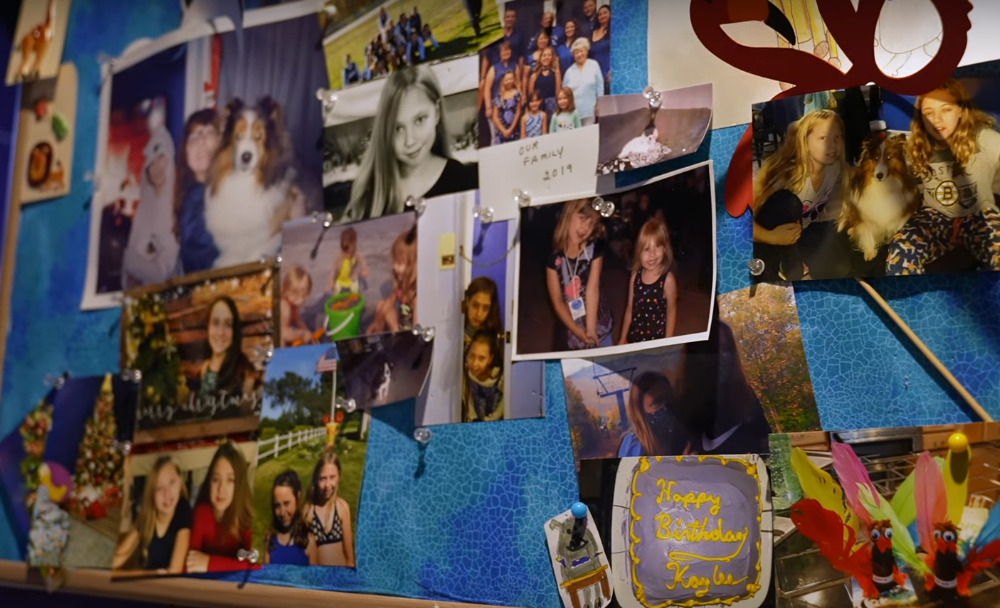The week before I got COVID-19 in June 2022, I solo road-tripped from my home in New Mexico to Canada for my 30th birthday, where I backpacked, sailed, scuba dived and watched grizzly bears forage on the shore from a boat. It was supposed to be a celebration of starting a new chapter: welcoming a new decade of life, moving to a new country and starting a new career as a correspondent and filmmaker.
But just a month later, I found myself back at my parents’ house in New York, spending as much as 20 hours a day lying in bed or on the couch. I never fully recovered from my mild COVID infection. Instead, my condition worsened to a long list of over 20 symptoms, including crippling fatigue after even minor physical or mental effort, shortness of breath that left me unable to walk around the block and brain fog that at times made it difficult to talk or write in full sentences.
The fiercely independent, active person who played roller derby, taught martial arts and went on 40-mile backpacking trips had seemingly vanished in a few short weeks.
I am one of some 40 million Americans with long COVID. Fifteen months after that diagnosis, I’m still sick. And while I’ve regained a lot of function — I can now live independently, work part-time, and socialize with friends — about 85% of the things I used to enjoy are still off-limits. Yet, I feel lucky. Many long COVID sufferers have it worse; they’re confined to their beds or homes, cannot work or attend school and receive little to no support from doctors, friends and family.
The more I immersed myself in the long COVID community, the more I found others like me, ranging from middle-aged parents to young, formerly healthy people like me. But one group in particular stuck out: children. As many as four million kids and teens have long COVID.
[Related: Three years on, kids with long COVID struggle to get care]
In my reporting for Youth Today, I heard about straight-A students who started failing classes, star athletes who were now in wheelchairs and former student council presidents who had to drop out of college. As I spoke to these youth and their families, I found that they were facing many of the same challenges I am, including disbelieving and dismissive doctors, a lack of effective, clinically-validated treatments, and the social isolation of watching friends and family move forward while feeling stuck in place.
But I learned that youth face additional hardships, including schools that won’t offer reasonable accommodations despite a legal mandate to do so. What’s struck me most was the sense of a lost future. When I fell sick, I took solace in knowing that I lived my 20s to the fullest, traveling the world, making mistakes, trying new things and developing a career. These kids never had that chance. They were being robbed of their life stories before they had really begun.
It’s hard to overstate the impact of long COVID. A recent study found that long COVID can be more disabling than heart disease and cancer. Many patients, myself included, have symptoms consistent with other post-viral illnesses — like dysautonomia and myalgic encephalomyelitis, or chronic fatigue syndrome — debilitating chronic conditions with no known cure. After three-and-a-half years, few with long COVID seem to fully recover.
Long COVID may be new, but the barriers faced by those suffering from it are not: people with chronic and invisible illnesses have for decades faced tremendous challenges in accessing medical care and academic accommodations.
That’s why we’re continuing to report on how long COVID is affecting young people — and about the policies, institutions and people that are helping them recover or holding them back.
Please help us report on this important issue.




Please fill out the short form below or email editor@youthtoday.org.
***
Kaelyn Lynch is a New York City-based multimedia journalist.































